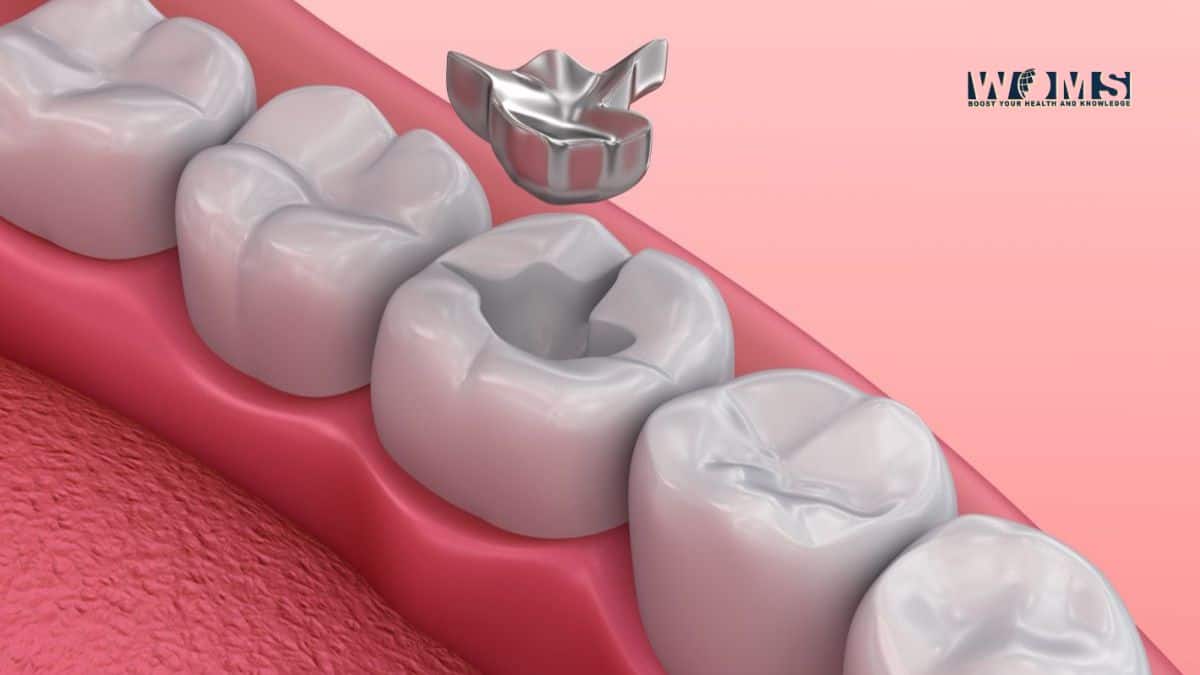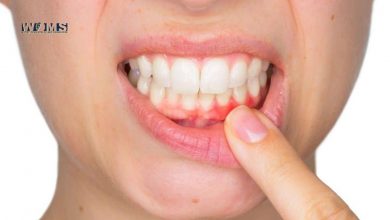Should I Have My Amalgam Fillings Replaced?

Historically, metal was part of the components of dental amalgam used to fill cavities and repair damage. However, amalgam fillings are now more common than they once were due to several factors.
If you currently have amalgam fillings, you may have been advised to have them removed and replaced with more modern composites. Before determining the material to utilize, there are several critical aspects to consider.
What Dentists Say
Unless there is a compelling need, most dentists advise against replacing fillings. Although amalgam fillings have a long lifespan, saliva can eventually corrode them if it gets under the filling.
Dentists previously avoided composite fillings when treating back teeth because they were not as durable as amalgam. Keeping the region dry around a back tooth, which is necessary for a white filling to attach effectively, is also more difficult.
However, modern composites are substantially more robust than their predecessors, making them suitable for usage on molars. However, how long they persist is determined by where in your mouth you keep them and how hard you bite down when chewing.
Wherein Lies the Trouble with Amalgam Fillings?
Amalgams, composed of various metals, have been used as tooth fillings for millennia. Concerns about amalgam’s potential toxicity have only recently caused dentists and patients to shift away from using it.
The mercury content of amalgam is still a cause for worry since it can be inhaled or ingested if a filling breaks or comes loose from a tooth. Many believe that exposure to mercury, a very hazardous element, contributes to health problems, including hormonal and immune system imbalances.
Conversely, some studies show that amalgam fillings do not lead to harmful effects. Toxic mercury exposure is possible, but the exact amount is unknown. It is simple to see why some people would avoid having any metal in their mouths if they knew it was harmful.
So, Should Fillings Be Replaced?
Although many people believe that amalgam fillings should be replaced, others disagree. If your existing amalgam fillings are not damaged in any way, such as being chipped or cracked, keep them there.
Removing fillings still in good condition can expose patients to mercury. The risk of exposure arises if adequate methods and safeguards are not available to eliminate the tiniest particles generated by the treatment.
However, it may be prudent to have decaying amalgam fillings removed and replaced with biocompatible resin. If you find yourself in need of amalgam removal, you must do your homework and choose a dentist who is both qualified and reputable.
Conclusion
Your teeth and overall health are invaluable. Dental amalgam fillings contained mercury and were once the only choice for repairing decayed teeth. This is no longer the case; modern composite fillings have replaced their older amalgam counterparts.
Research is ongoing; however, there is concern that mercury vapour emitted by amalgam fillings may be hazardous to your health. Changing out your amalgam fillings for composite ones is the best way to ensure your continued good health and the integrity of your teeth. The decision to replace old amalgam fillings can benefit your health, appearance, and comfort.




